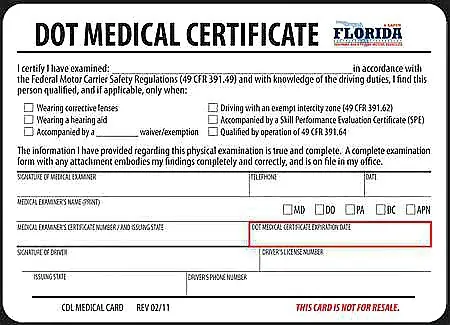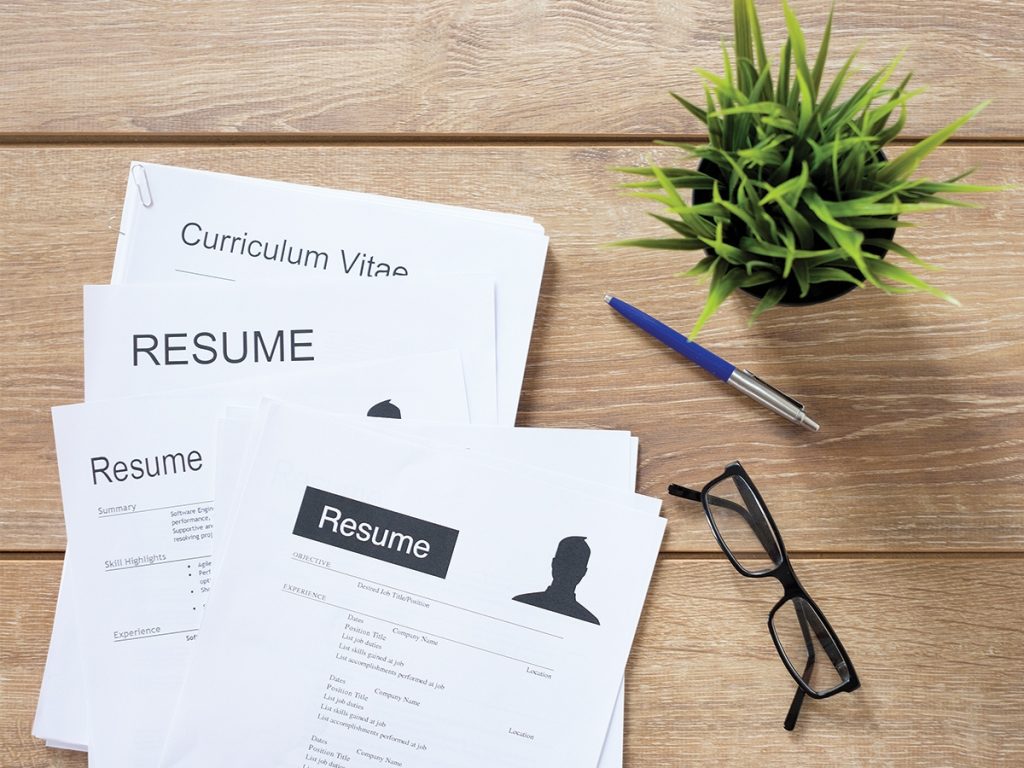Dreaming of a rewarding career behind the wheel of a commercial vehicle? The CDL learner’s permit (CLP) is your first gateway to turn your dream into reality! This permit is a golden ticket, allowing you to practice driving a commercial vehicle under supervision and gain the skills required for a full CDL. In this guide, we will unlock everything you need to know about this permit, from what it is, and what it requires, to how to obtain this CLP. Top tips for acing the CLP’s knowledge tests are also included. Keep reading to take the first step toward your successful commercial driving career!
What is a CDL permit?
According to the Federal Motor Carrier Safety Administration (FMCSA), a CDL learner’s permit is a temporary license issued by the Department of Motor Vehicle or its equivalent, allowing individuals to practice driving commercial vehicles under the supervision of a qualified CDL holder. CLP enables training drivers to practice and gain hands-on experience before independently operating big rigs or trucks, buses, and other types of commercial vehicles on highways. This permit is one of the mandatory requirements to get a CDL.
A CLP is valid for a limited period, usually up to 180 days, depending on your state. You have to obtain this permit at least 14 days before taking the CDL skills test, ensuring you gain efficient skills to operate a commercial vehicle.
A CDL learner’s permit is different from a full CDL since a CLP is only for training purposes while a full CDL gives the holder permission to operate a commercial vehicle alone as a professional trucking driver. The CLP plays an important role in preparing drivers for the demands of driving a commercial vehicle and ensuring safety on the road.
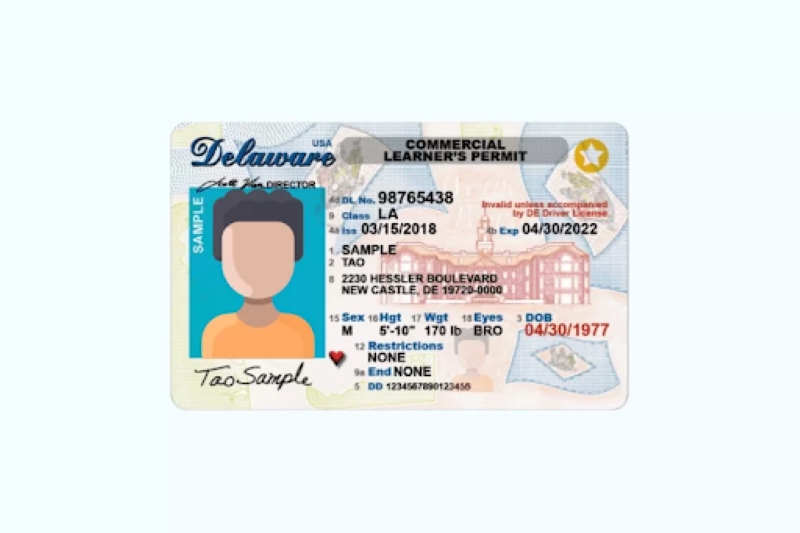
What are the CDL permit requirements?
To obtain a CLP, you must meet the following basic requirements, ensuring you have the basic knowledge and physical ability to operate a commercial vehicle:
- Age requirements: You must be at least 18 years old to apply for a CLP for intrastate driving, which is driving within one state. For interstate driving, you must be at least 21 years of age.
- Valid driver’s license: You must possess a valid non-commercial driver’s license (Class C) in your state of residence before applying for a CLP.
- Documentation:
- Proof of identity: Provide government-issued identification, such as a birth certificate, passport, or permanent resident card, stating your full legal name along with your date of birth.
- Proof of citizenship: You have to be a citizen of the United States or show proof of lawful residency, such as a Social Security number or work authorization documents.
- Proof of residency: You need to provide proof of current residence, such as a utility bill or lease agreement.
- Valid social security number – SSN.
- Medical certification:
- Most applicants are required to take the DOT medical exam to receive a DOT Medical Examiner’s Certificate, demonstrating your medical qualification to operate a commercial vehicle.
- Medical waiver: If applicable, attach necessary exemptions, such as an SPE or state medical waiver, for specific medical conditions.
- Knowledge tests: You have to pass one or more knowledge tests to obtain a CLP for your chosen type of CDL.
- Driving record and legal compliance:
- Clean driving record: Your driving record for the past 10 years in all 50 states and the District of Columbia will be checked to ensure you are not disqualified or suspended from getting a CLP.
- Background check: Some states require a background check, especially if you apply for endorsements like hazardous materials.

How to get a commercial learner permit
The process of obtaining a CDL learner’s permit consists of meeting certain requirements, getting your essential documents ready, and passing a series of tests. Below is the step-by-step guide to helping you sail through it and set yourself up for success:
Step 1. Meet requirements and prepare your documentation

Before applying for a CLP, make sure you meet all the requirements listed above about age, documentation, and license. Having all your documents ready in advance will ease the application process at the local DMV.
Step 2. Choose your type of license
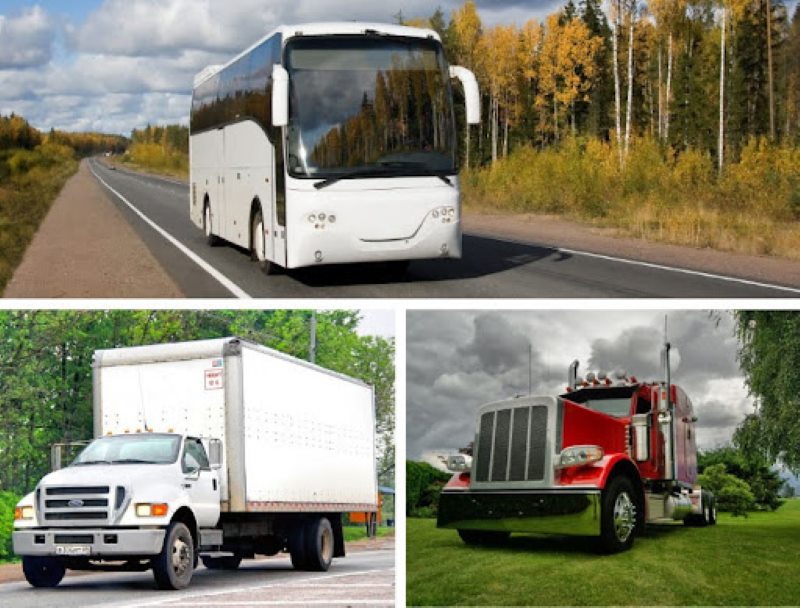
When you apply for your CDL learner’s permit, you will need to specify what type of CDL you plan on getting:
- Class A: For Combination vehicles, like tractor-trailers.
- Class B: For heavy straight vehicles such as buses or dump trucks.
- Class C: For vehicles needed to transport hazardous materials, or more than eight to sixteen passengers.
You will also have to determine which kind of driving you will operate:
- Intrastate non-excepted: Driving within state lines and requiring DOT certification.
- Interstate non-excepted: Driving across state lines with DOT certification.
- Intrastate excepted: For state-specific exemptions from DOT certification.
- Interstate excepted: Driving in interstate commerce that is federally exempt, no DOT certification required.
Your choice depends on your career goals but it will determine the tests you take in the further process.
Step 3. Undergo the DOT physical

Depending on your type of driving, you have to undergo a physical by a medical professional in the National Registry of Certified Medical Examiners. The following will be checked during an examination:
- Vision: Check your sight to ensure you can operate safely. At least 20/40 in each eye is required.
- Hearing: Check your ability to hear the whispers from 5 feet away.
- Physical health: Your blood pressure, heart rate, and overall health will also be checked.
- Drug and alcohol use: You will be verified that you are not under substances that could interfere with your driving capability.
After passing, you will be issued a DOT Medical Examiner’s Certificate – MEC to be presented to the licensing agency in your state.
Step 4. Apply for your CLP
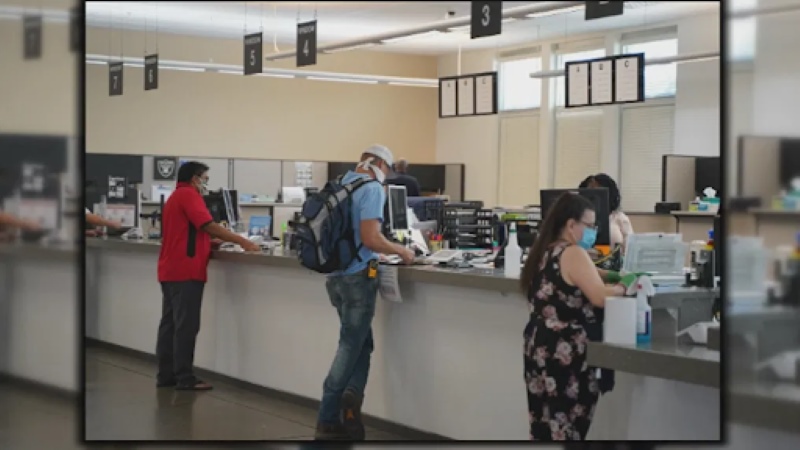
Go to the DMV office in your state to officially apply for the CLP. Bring the following:
- Your DOT MEC.
- Necessary documents.
- Pay the fees for the CLP application and testing, which vary by state.
The DMV will check your identity, residency, and driving record before approving your application.
Step 5. Pass the knowledge tests

To get your CDL learner’s permit, you’ll be required to pass a series of written tests that cover the most important areas of commercial driving. Generally, you can encounter three main knowledge tests:
General knowledge test
This test is required for all applicants for a CDL, regardless of the class of license or endorsements desired. It will test your knowledge of general safety, driving skills, and rules of the road for which a commercial vehicle is subject:
- Roaty safety: Practices in different driving conditions, defensive driving techniques, and accident avoidance.
- Vehicle inspection: How to make proper pre-trip, in-transit, and post-trip inspections of brakes, tires, lights, and other critical systems.
- Driving techniques: Proper gear shifting, following distances, and space management around the vehicle.
- Emergency procedures: What to do in case of brake failure, tire blowouts, or road hazards.
There are 50 multiple-choice questions in this test and you must score at least 80% to pass.
Take the free CDL general knowledge practice test here!
Air brake test (if applicable)
Required if you intend to drive vehicles with air brakes, this test assesses your knowledge of system components, pre-trip inspections, and emergency stopping procedures:
- System components: Identifying key parts, including compressors, reservoirs, valves, and brake chambers.
- Pre-trip inspections: Procedures for checking the air brake system for leaks, adequate pressure levels, and system operation before taking the road.
- Emergency stopping procedures: Knowing how to respond in case of air loss or system failure to ensure safety.
- Brake knowledge: Understanding how air brakes work, including the application of service brakes, parking brakes, and emergency braking systems.
There are 25 questions in this test, requiring you to answer 80% of the questions correctly to pass.
Take the CDL air brakes practice test here!
Combination vehicle test (if applicable)
If you are applying for a Class A license, you have to pass the combination vehicle test. This 20-question test covers safe practices for:
- Coupling and uncoupling trailers: Procedures for connecting and disconnecting trailers.
- Weight distribution: How to load cargo and distribute weight to keep the stability.
- Maneuvering large combination vehicles: How to turn, back up, and navigate tight spaces with a combination vehicle.
- Preventing rollovers: How to minimize the likelihood of a rollover when turning or navigating a curve.
Take the CDL combination vehicles test here!
Effective ways to study for the CDL permit test
Here are the most effective strategies for achieving success, each tailored to ensure retention for an excellent performance during the test day:
1. Take notes while studying

Writing things down is an old but golden method for learning. When you take notes, you are engaging yourself with what you are learning, thus strengthening your memory. Writing key points down also creates a personalized study guide you can refer to later.
How to take notes:
- Begin taking notes by reading the official CDL manual for your state.
- Highlight the critical sections that are relevant to general knowledge, air brakes, and combination vehicles.
- Summarize complex topics, such as emergency procedures or vehicle inspections, in your own words to understand them easier.
- Organize your notes by topics or test sections so that they are easy to review.
2. Use flashcards
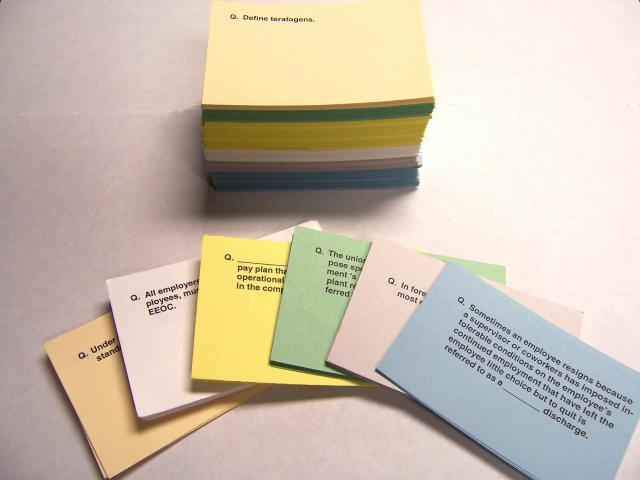
Flashcards are a great way to commit to memory terms, definitions, and procedures. Flashcards encourage active recall, one of the most effective ways to strengthen memory. They are also portable, enabling you to study anywhere and at any time.
How to use flashcards:
- Make cards of key items, such as road signs, steps to the pre-trip inspection, or components of the brake system.
- Write the question or term on one side and the answer on the other.
- Keep shuffling and quizzing yourself until you are comfortable with the material.
- Make digital flashcard sets on apps like Anki or Quizlet for more engagement.
3. Take practice tests

Practice makes perfect! Practice tests are the best way to study for the actual test. Consistent practicing with reliable practice tests can make all the difference in your preparation. They not only familiarise you with the exam format but also help identify your strengths and weaknesses.
How to take practice tests:
- Choose reliable resources to practice.
- Begin with small practice tests, and topic-specific practice tests then move to full-length practice exams.
- Review your feedback and point out the weak areas, then concentrate your efforts on improving those weaknesses.
- Review explanations for deep learning.
We believe practice tests by CDL Prep are one of the outstanding resources, that provide powerful practice to help you succeed.
4. Set time for studying every day
Whatever study method you choose, consistency is key for studying. A well-organized schedule makes it easy for one to study systematically, with a sense of complete coverage of the work without feeling overwhelmed. Devote specific hours of the day to studying. Divide the CLP written tests into smaller topics, then tackle one topic at a time.
5. Review and revise thoroughly
Repetition and reflection are crucial for deep understanding. Get into the habit of reviewing what you have covered and clarify items that you do not understand. Write down concepts, terms, and explanations from practice tests to reinforce learning.
FAQs
1. How much is the cost of a CDL permit?
The fee for a CDL learner’s permit ranges from $10 to $90, varying from state to state. This includes the fees for application, knowledge tests, medical examination, and processing costs. There may be extra fees if you must retake any tests or acquire special endorsements. Consult your state’s Department of Motor Vehicles (DMV) for current pricing.
2. How many hours can you drive with a CDL permit?
With a CDL learner’s permit, there is no federally required number of hours that you must drive in training. You do always have to be accompanied by a licensed CDL holder in the vehicle, and any driving must be done according to Hours of Service (HOS) regulations:
- Property-carrying vehicles: 11 hours of driving after 10 consecutive hours off duty.
- Passenger-carrying vehicles: 10 hours of driving after 8 consecutive hours off duty.
This is important for safety and anti-fatigue purposes while practicing.
3. How long does a CDL permit last?
A CDL learner’s permit is normally valid for 180 days from the date of issuance. Most states will allow you one permit renewal if you need extra time to prepare for your CDL skills test. Several states have stricter renewal policies and/or charge extra fees, so check with your local DMV for information.
Final thoughts
Obtaining a CDL learner’s permit is a crucial milestone to kickstart your journey to get a full CDL. By understanding every aspect of this permit, along with the right preparation and resources, you can move closer to your CLP. Remember to utilize free practice tests by CDL Prep to ace the process with ease. Start preparing today with our practice tests and ensure your success tomorrow! If you have any questions related to CLP, do not hesitate to comment or contact us. Always willing to assist your journey!


